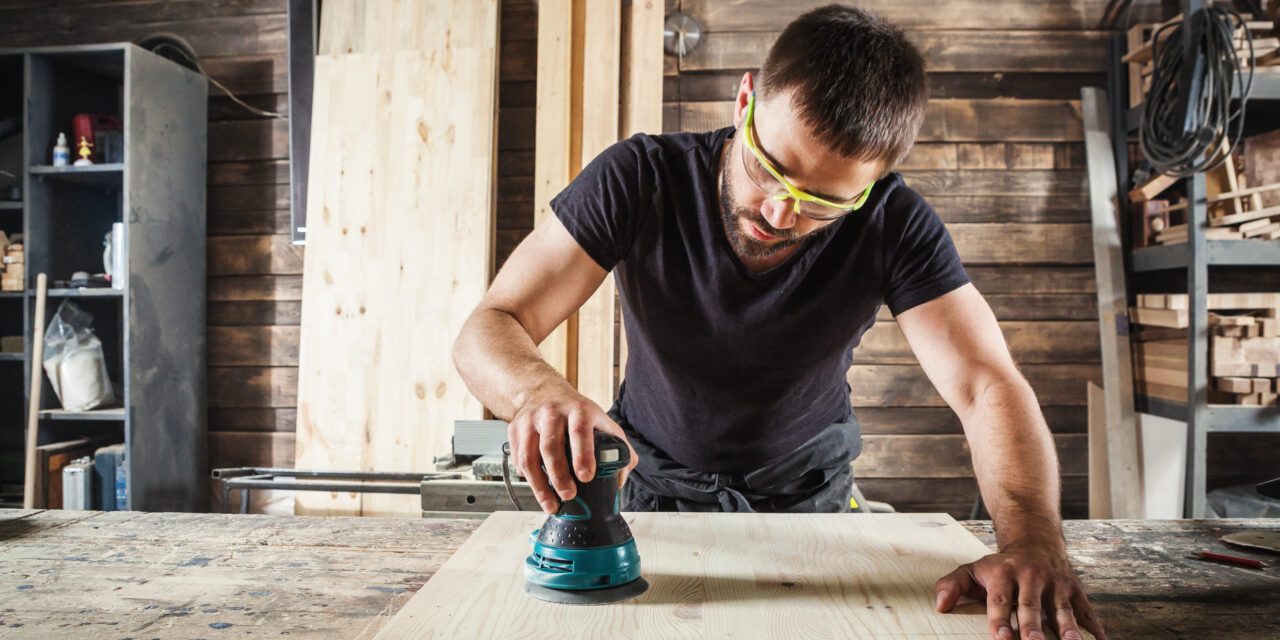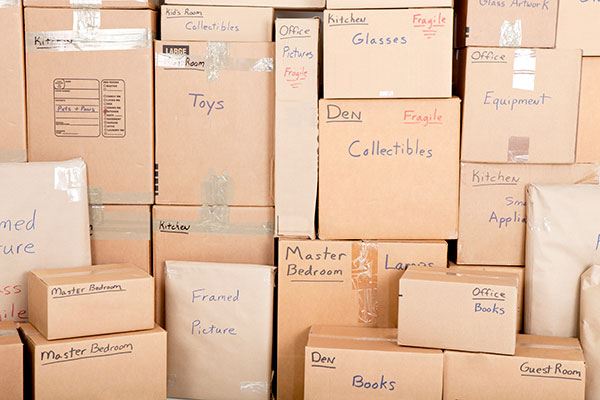Is there anything more satisfying than an organized workspace? As the saying goes: a place for everything and everything in its place. Sometimes, however, you might be wondering how and where to start, especially if it’s your first time creating a storage system in your space.
Don’t know where to start and need some tool storage ideas? That’s where we come in. To help set you off on the right foot, let’s take a look at how to organize tools in garage workshops, workplaces, tool sheds, and more so that you can have enough space for personal storage.
Tool Storage & Organization Tips
Surveys suggest that we spend up to 5,000 hours looking for misplaced objects throughout our lives. That’s a lot of time that could be better used for creating your next masterpiece.
Most people don’t have unlimited storage space for their tools, so it is very easy for their work area to get cluttered. Storing your tools in an organized manner is a surefire way to minimize wasted time and simplify your workspace. When inspiration hits—or when you need to finish a job—you’ll always know where to reach for that 120-grit sandpaper.
These tips will provide some general advice on how to organize tools, which you can then apply to the specific tool storage ideas you choose to bring to life.
Section Out Your Space
Before you start building, rearranging and organizing tools, think about the work you do and your workflow. If there are several steps in your typical process, visualize a left-to-right assembly line in your space.
For example, let’s say you make wooden baseball bats. Your raw wood could be all together in one section, then your lathe and gouges, then your chisels and sandpaper, and finally, your varnish. Arranging your tools in the order you use them keeps you working like a well-oiled machine.
If you’re more of a generalist, consider the tools you use in different projects and keep them organized in separate areas. By sectioning out your workspace, you can avoid distractions and clutter, keeping your work efficient. Additionally, try to keep tool accessories with the tools that they are used with. For example, drill bits shouldn’t be over by the gardening tools or the PVC pipe, it should be right by the power drills and impactors. When your space is organized logically, it will be much easier to find the right tool for the job.
Make Use of Wall Space
To take full advantage of your garage or workshop, don’t forget about the walls. If you find your work area and workbench too cluttered, using wall space might be the storage solution you have been looking for. Use vertical space as much as you can, as it keeps the floor clean, giving you more area to work with (and eliminates tripping hazards as well).
Depending on your needs, you can use a variety of wall organizers, such as:
- Magnetic tool holders
- Hooks or nails
- Pegboards
- Shelves
- Tool racks
There’s also an ergonomic benefit to using wall space. Your garden tools will be right at eye level, meaning you won’t need to bend down every time you need them.
Think About Function Over Form
Everyone loves an aesthetically pleasing space, but at the end of the day, it’s often more important to create something functionally pleasing in that space. Take a utilitarian approach to your tool storage and organization. Your tool cabinets and drawers don’t have to look incredible—they just have to work.
The wood of your pegboard can be unfinished. Similarly, your workbench can be built from three different kinds of wood. As long as everything is sturdy and functional, you’ll be set. Building a simple setup will also help lower costs. Plus, should you spill some paint, that’s just more character for the space.
Make it Easy for Yourself
Some consider organizing a project you complete once in a while. To be more efficient, make organization a mindset.
The easier it is to return tools to their home, the easier it will be to stay organized. To make your life easier, you could draw outlines of where each tool should go. That way, it’s effortless to put them back in their place.
Staying organized is also about decluttering. Cleaning up after each day is much simpler than leaving things until the shop is a mess. That’s why the trick is to put away your tools after every time you use them.
Label Everything
A label maker is your best friend when organizing. Labels provide a visual aspect to organizing that many overlook.
Labeling your tool chest, boxes and bins helps you find what you’re looking for right away—without rummaging through a dozen dusty totes. Putting a label on drawers or empty spaces on the walls facilitates your cleanup efforts. And labeling individual tools as well as your tool bag or tool backpack with your name and phone number is helpful in case they’re lost on a job site. Try organizing your small parts, bits, and loose screws with hardware organizers marked clearly with labels so you can find them when needed.
In short, you should try to label everything in your workspace.
Use Items You Already Own
Using household items for organization allows you to cut down on costs and start your organizing journey today. You might already have some mason jars or plastic totes around the house, so try incorporating them into your workspace to keep loose items together.
Store Your Extra Tools Safe and Secure
For those tools you don’t use every day, or for larger items, seasonal tools and heavy tools, consider keeping them in a storage unit.
At Price Self Storage, you can choose from several unit storage sizes to cater to your unique needs. And with free courtesy carts to help you move your tools in and out with ease, you can save your energy for your next big project.
Call us today to see how we can work together to keep your workspace uncluttered.
Sources:
IKEA. How much time do we spend searching for things around the home? https://www.ikea.com/es/en/ideas/how-much-time-do-we-spend-searching-for-things-around-the-home-pubec2a8ae0










